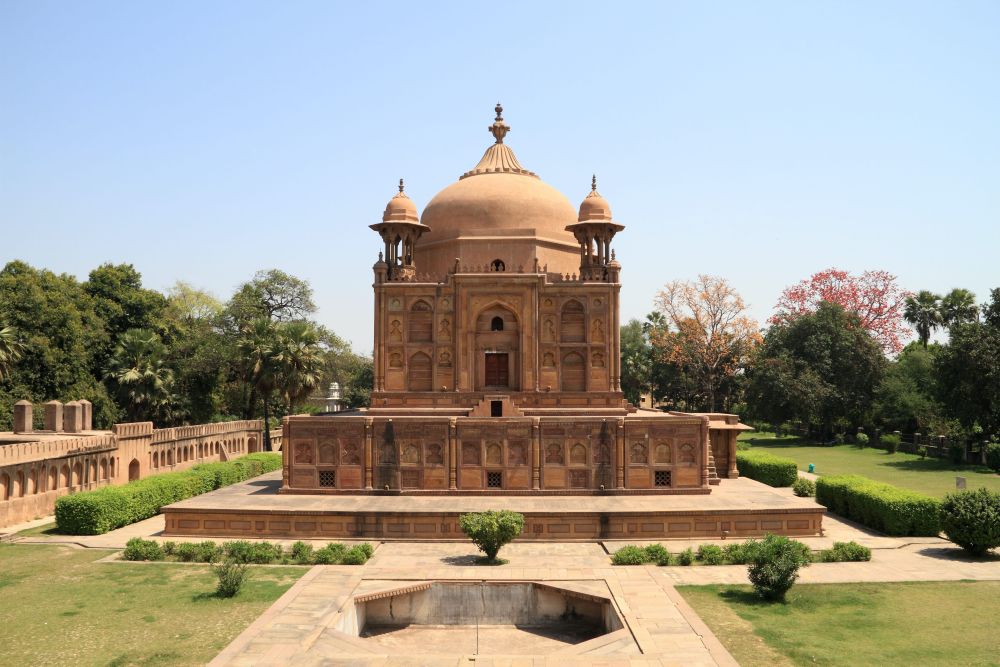

The historical city of Allahabad, now known as Prayagraj, is one of the oldest cities in India and plays a central role in Hindu scriptures. The city is revered in Hinduism for Triveni Sangam, the confluence of three rivers: the Ganges, the Yamuna, and the mythical Saraswati.
Tourism in Allahabad has deep historical roots, with the city's heritage and religious significance attracting pilgrims and travelers for centuries. The earliest records of tourism can be traced back to ancient times when sages, seers, and scholars would come to Prayagraj to learn and teach.
The history of tourism in the city is particularly marked by the Kumbh Mela, one of the largest religious gatherings in the world, held every twelve years. The Maha Kumbh Mela, a larger version of the festival, has a cycle of approximately 144 years and attracts millions of pilgrims. This festival has been an important part of the city's tourism for millennia.
During the British era, Allahabad further developed as a center of administration and education which brought a different set of travelers to the city including officials, academicians, and historians. The establishment of various colleges and institutions also made Allahabad a hub for educational tourism.
In recent years, the Government of India and the State Government have focused on improving the tourism infrastructure in Prayagraj. This includes upgrading transportation facilities, enhancing the quality of accommodations, and preserving the city's cultural heritage sites.
The latest trends in tourism in Prayagraj include the development of heritage walks, improved river cruises on the Ganges, and the promotion of eco-tourism. The city also hosts annual events such as the Prayagraj Magh Mela, which continue to draw visitors from all over the world. Additionally, with the Smart City initiative, Prayagraj is witnessing integration of technology into the tourism sector, making information and travel services more accessible to tourists.
The promotion of adventure sports near the Sangam area and the development of bird sanctuaries and eco-parks highlight the city's move towards eco-tourism.
Further aiding tourism is the rise of digital India, with online platforms offering virtual tours, easy booking for accommodations and travel, and providing extensive information about the city's attractions.
To cater to the interests of history enthusiasts, museums and cultural centers such as the Allahabad Museum and the Jawahar Planetarium continue to evolve with interactive exhibits and educational programs, shedding light on the city’s historical and cultural significance.
With its rich blend of history, culture, and spirituality, Allahabad (Prayagraj) continues to be a vibrant destination, embracing new trends in tourism while preserving the essence of its ancient heritage.